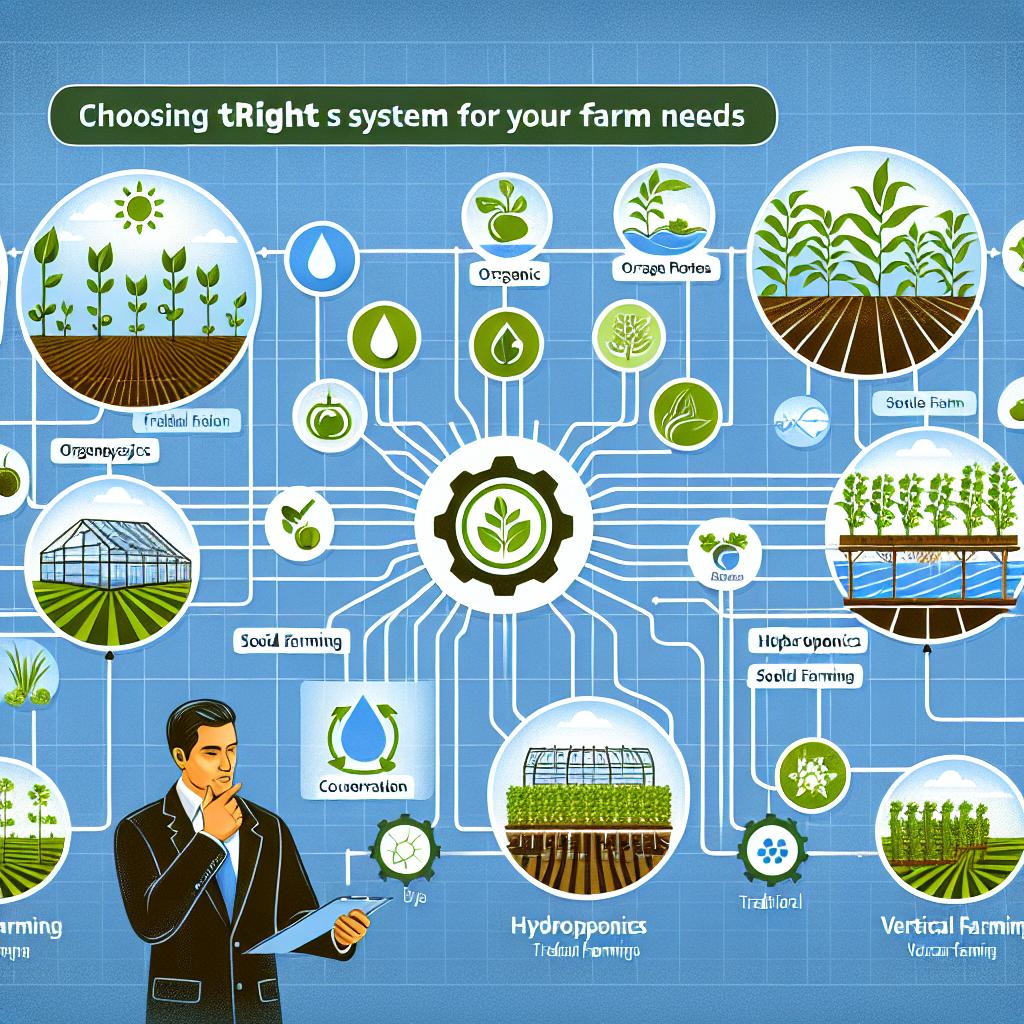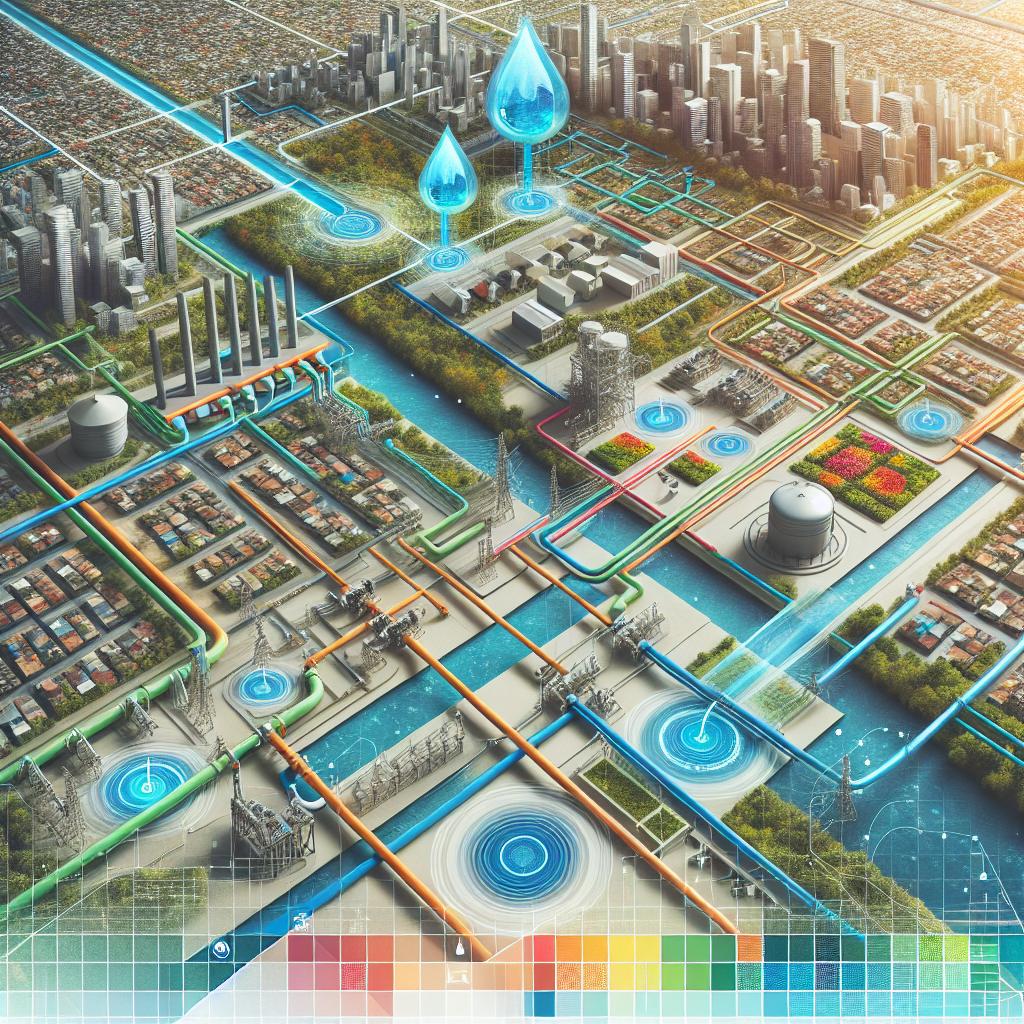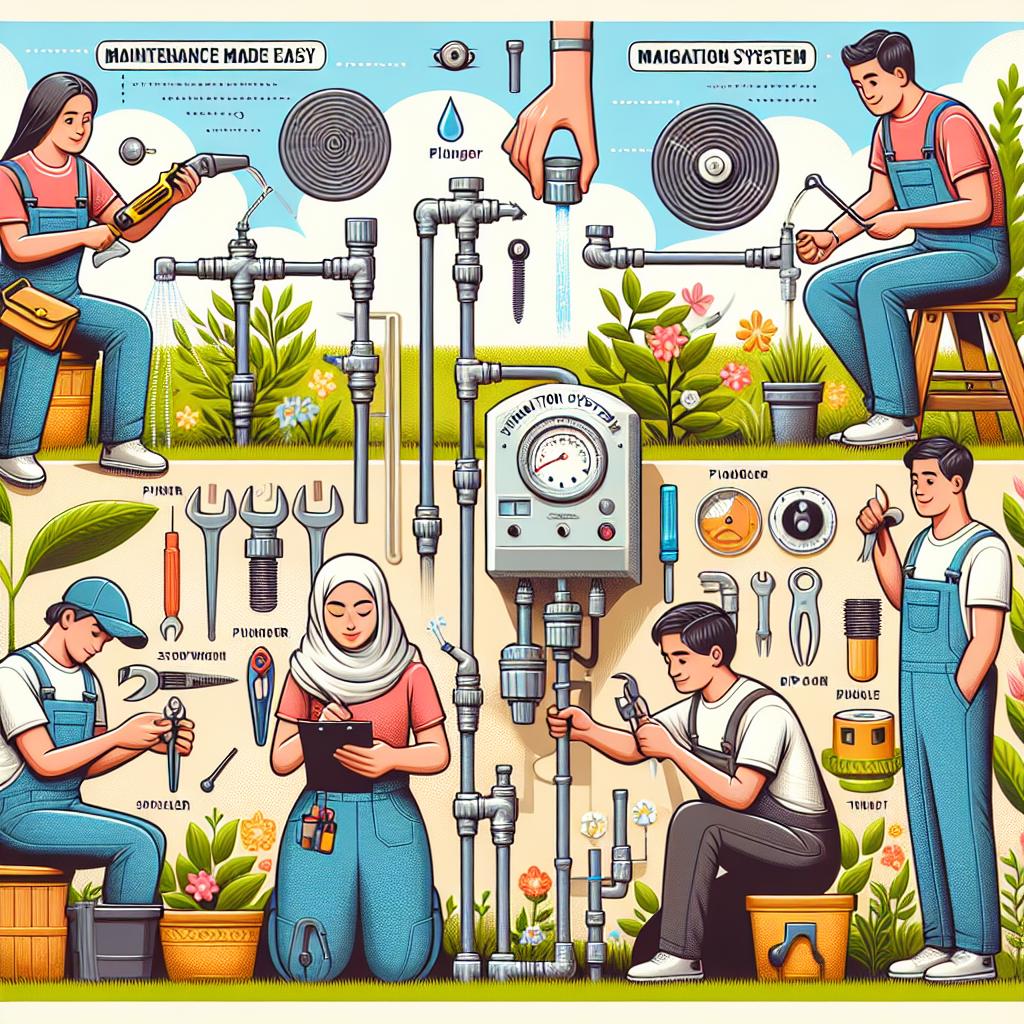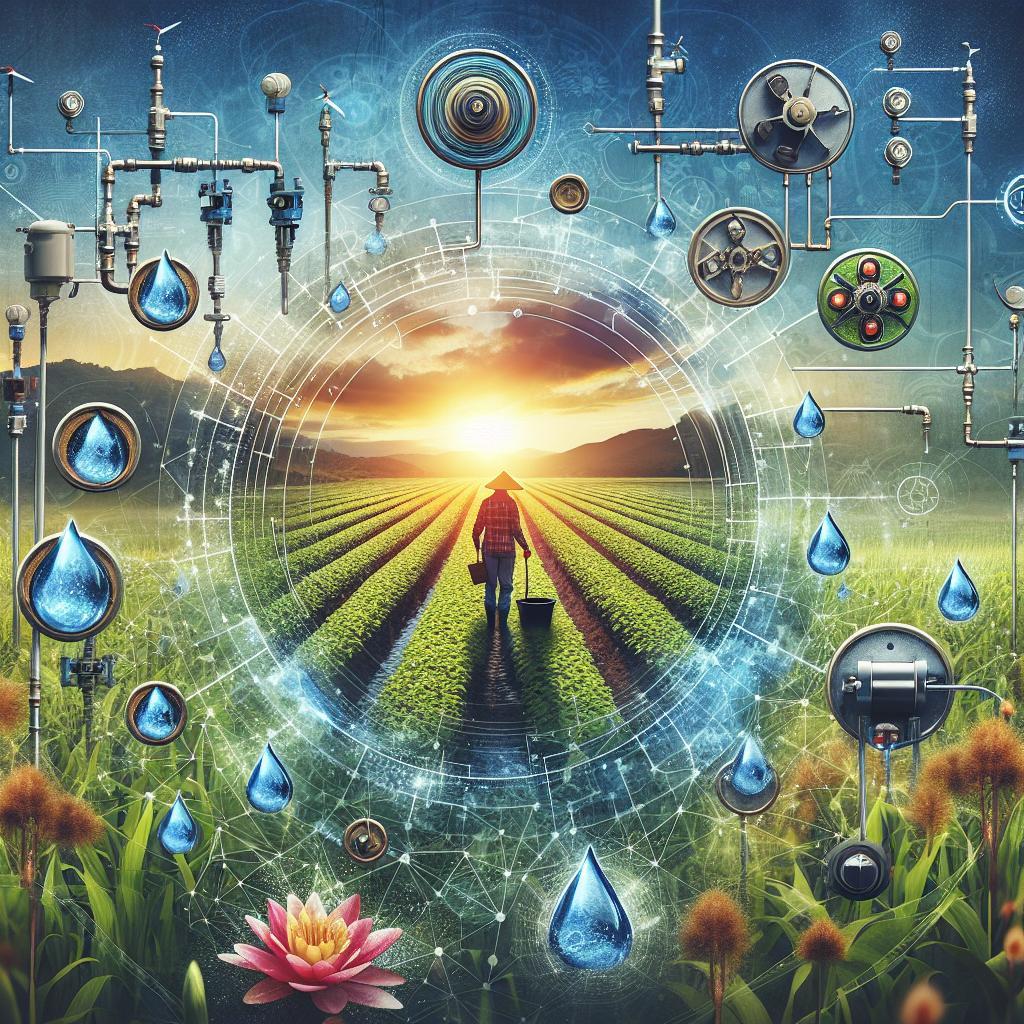This post may contain affiliate links which means I may receive a commission for purchases made through links. Learn more on my Private Policy page.
Unlocking the Secrets to a Flourishing Farm: Your Friendly Guide to Automated Irrigation Systems
As the sun rises over the horizon, casting golden rays across your fields, the promise of a bountiful harvest dances in the air. Just like a caring gardener nurturing their beloved plants, every farmer knows that water is the lifeblood of agriculture. But what if we told you that you could give your crops a consistent drink, even when you’re miles away, or lost in a whirlwind of daily chores? Welcome to the world of automated irrigation systems!
In this article, we’ll explore valuable tips to set up an intelligent irrigation system that takes the guesswork out of watering your farm. Whether you’re tending a small patch of vegetables or managing sprawling acres of corn, our friendly advice will empower you to save time, conserve water, and promote healthy growth—all while letting technology work for you. So grab your boots, roll up your sleeves, and let’s dig into the essentials of crafting a flourishing irrigation system that breathes life into your farm. Your crops will thank you!
Choosing the Right System for Your Farm Needs
When it comes to selecting an automated irrigation system, it’s crucial to align the choice with the specific needs of your farm. Start by considering the crop types you’re cultivating; different crops may require distinct watering schedules and amounts. Assess the size of your farm and the water source available to you. Here are a few key factors to guide your decision:
- Soil type: Different soils infiltrate and retain water differently.
- Climate: Understand how local weather patterns affect evaporation and rainfall.
- Efficiency: Look for systems that minimize water waste while maximizing coverage.
Another important aspect is the technology behind irrigation systems. Basic systems may suffice for smaller farms, but larger operations can benefit from advanced features like soil moisture sensors and automated weather adjustments. Below is a simple comparison table to help you weigh your options:
| System Type | Best For | Key Features |
|---|---|---|
| Drip Irrigation | Row crops, gardens | Water-efficient, reduces weed growth |
| Sprinkler System | Open fields | Adjustable range, uniform distribution |
| Surface Irrigation | Large, flat areas | Low cost, works with natural slopes |
Choosing the right irrigation system will not only enhance your crop yield but also conserve precious water resources. By carefully evaluating your unique farm dynamics, you can create a customized solution that supports your agricultural goals while remaining economically viable.

Designing an Efficient Layout for Optimal Water Distribution
When creating a layout for your irrigation system, consider factors such as the terrain, crop type, and water source location to enhance water efficiency. Start by mapping out your farm and identifying key areas for water distribution to ensure that every plant receives sufficient moisture without waste. Use a combination of drip irrigation and sprinkler systems to tailor the water delivery according to specific crop needs. Design a network of canals or pipes that minimizes evaporation and runoff, facilitating a sustainable approach to water management.
Incorporate zoning techniques to optimize the pressure and flow across different sections of your farm. This can be achieved by grouping plants with similar irrigation needs together. Additionally, make use of soil moisture sensors and weather data to adjust your water schedule dynamically. A well-planned layout can lead to significant water savings and healthier crops. Consider creating a simple table to assess and compare the effectiveness of various irrigation methods:
| Method | Efficiency (%) | Best For |
|---|---|---|
| Drip Irrigation | 90 | Vegetables, Trees |
| Sprinkler System | 75 | Lawns, Grains |
| Surface Irrigation | 60 | Flood Areas |

Integrating Smart Technology for Seamless Management
As technology continues to advance, integrating smart solutions into your irrigation system can significantly enhance efficiency and reduce resource consumption. By utilizing smart controllers, you can automate the watering schedule based on real-time weather data, ensuring your crops receive the right amount of water without any waste. These controllers can communicate with moisture sensors placed in the ground, allowing for responsive adjustments that optimize soil conditions.
Additionally, consider adopting remote monitoring tools that provide insights into system performance via smartphones or computers. Such tools can alert you to leaks, malfunctions, or the need for maintenance, allowing for proactive management. To help you navigate the array of options available, here’s a quick comparison of popular technologies:
| Technology | Features | Benefits |
|---|---|---|
| Smart Controllers | Weather-based scheduling | Reduces water usage |
| Moisture Sensors | Soil moisture monitoring | Prevents over watering |
| Remote Monitoring | Real-time alerts | Ensures timely interventions |

Maintenance Made Easy: Keeping Your Irrigation System in Top Shape
Maintaining your irrigation system doesn’t have to be a daunting task. With a few simple steps, you can ensure your system runs smoothly year-round. Start by performing regular visual inspections of your components to catch any leaks, clogs, or wear and tear. Pay special attention to the following areas:
- Pipes and connections: Check for any signs of leaking or damage.
- Emitters and sprinklers: Ensure they’re clear of debris so water flows freely.
- Filters: Clean or replace them as needed to maintain water quality.
Another key aspect is to adjust your system according to the changing seasons. Make use of a moisture sensor or a weather monitoring tool to optimize irrigation schedules, preventing overwatering or underwatering. Creating a maintenance table can help track your checks and adjustments:
| Date | Task | Status |
|---|---|---|
| 01/15 | Visual Inspection | Completed |
| 02/01 | Filter Cleaning | In Progress |
| 03/10 | Emitter Check | Pending |
By keeping a diligent eye on your irrigation system and following through with routine maintenance, you’ll ensure a healthier crop yield and save money on potential repairs. A little effort goes a long way in extending the lifespan of your equipment and ensuring your plants get just the right amount of water they need to thrive!
To Wrap It Up
As we wrap up our journey through the ins and outs of setting up an automated irrigation system for your farm, we hope you feel inspired and empowered to take the plunge! With the right planning and a touch of creativity, you can transform your fields into a flourishing oasis, all while conserving water and reducing labor. Remember, the beauty of automation lies in its ability to take some of the weight off your shoulders, allowing you to focus more on nurturing your crops and enjoying the fruits of your labor.
Whether you’re a seasoned farmer looking to upgrade your system or a budding agrarian eager to embark on this new adventure, each drop of optimization can lead to a harvest of rewards. So gather your tools, connect the pipes, and let the rhythm of your irrigation system create a symphony of growth on your land. Happy farming, and may your crops thrive with every automated pulse of water!
This post may contain affiliate links which means I may receive a commission for purchases made through links. Learn more on my Private Policy page.

